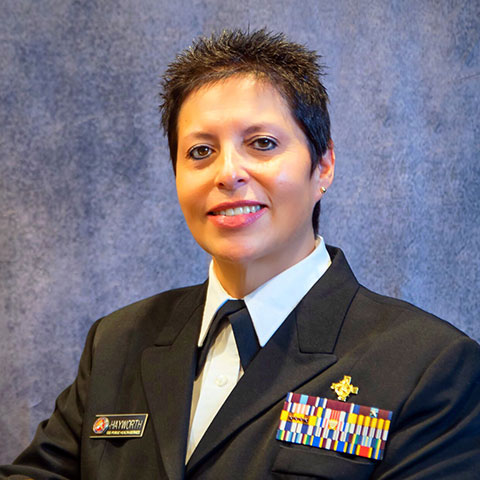October is National Breast Cancer Awareness Month. Breast cancer is the second most common cancer among women in the United States. According to the Centers for Disease Control and Prevention, there are 237,000 women diagnosed with breast cancer and 41,000 deaths each year in the U.S. In men, there are 2,100 diagnoses and 450 deaths annually. An estimated 12.4% (1 in 8) U.S. women will develop invasive breast cancer over the course of her lifetime, compared to a 1 in 1,000 lifetime risk for men.
Symptoms of breast cancer include:
- Any change in the shape or size of the breast
- Thickening or swelling of part of the breast
- Redness or flaky skin in the nipple area or the breast
- Pulling in of the nipple
- Pain in the nipple area or any region of the breast
- A new lump or knot in the breast or underarm
- Nipple discharge other than breast milk; including blood
The main factors that influence your risk for breast cancer include:
- Gender – women are significantly at higher risk than men
- Age – most breast cancers are found in women who are 50 years old or older
- Genetics – family history can influence your risk
Things that can be done to lower your breast cancer risk include:
- Get regular exercise and maintain a healthy weight
- Don’t drink alcohol, or limit to no more than one alcoholic drink per day
- Talk to your provider about the risks of taking hormone replacement therapy
- Breastfeed your children
- If you have inherited changes in your breast cancer genes or a family history of breast cancer, talk to your provider about other ways to lower your risk
In American Indian and Alaska Native women, breast cancer is the second most common death from cancer. About 85% of women diagnosed with breast cancer have no family history of breast cancer. The goal of breast cancer screening is to reduce deaths associated with breast cancer through early detection. Mammograms are the best way to find breast cancer early. Breast cancer treatment is more effective and less harmful when it is started in the early stages of the disease process.
Mammograms are an essential prevention measure against breast cancer deaths: and today’s advances in technology have made mammograms much less uncomfortable than in the past. It is recommended that women begin getting mammograms at age 50 years. If you are a woman, 40 to 49 years old, it is a good time to talk to your provider about when to start and how often to get a mammogram screening. CDC’s National Breast and Cervical Cancer Early Detection Program provide breast cancer screenings and diagnostic services to underserved women across the U.S. Women can search for free and low-cost screenings in their state, tribe, or territory and find local contacts for breast cancer screening. You may also contact your provider to discuss breast cancer risks and request a screening mammogram.
Early detection of breast cancer increases survival!!
Related content:
Division of Epidemiology and Disease Prevention



